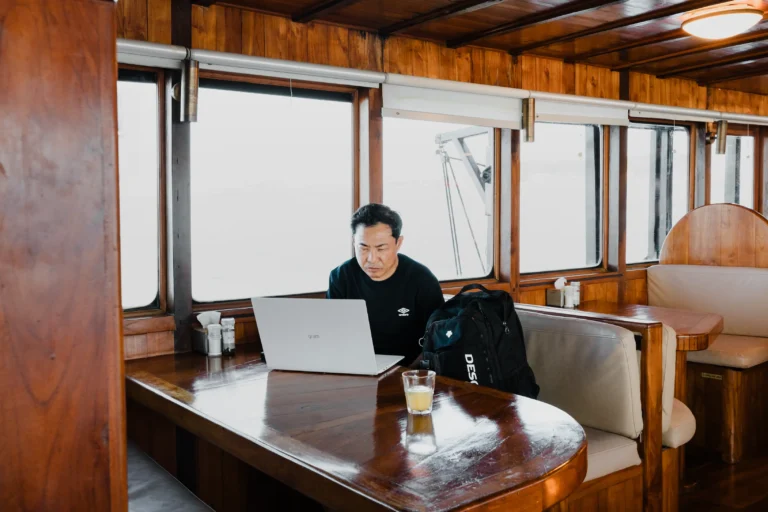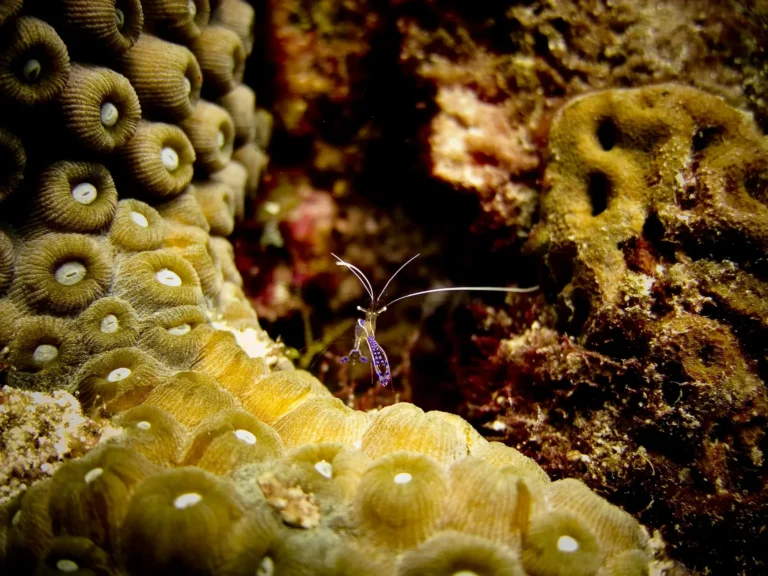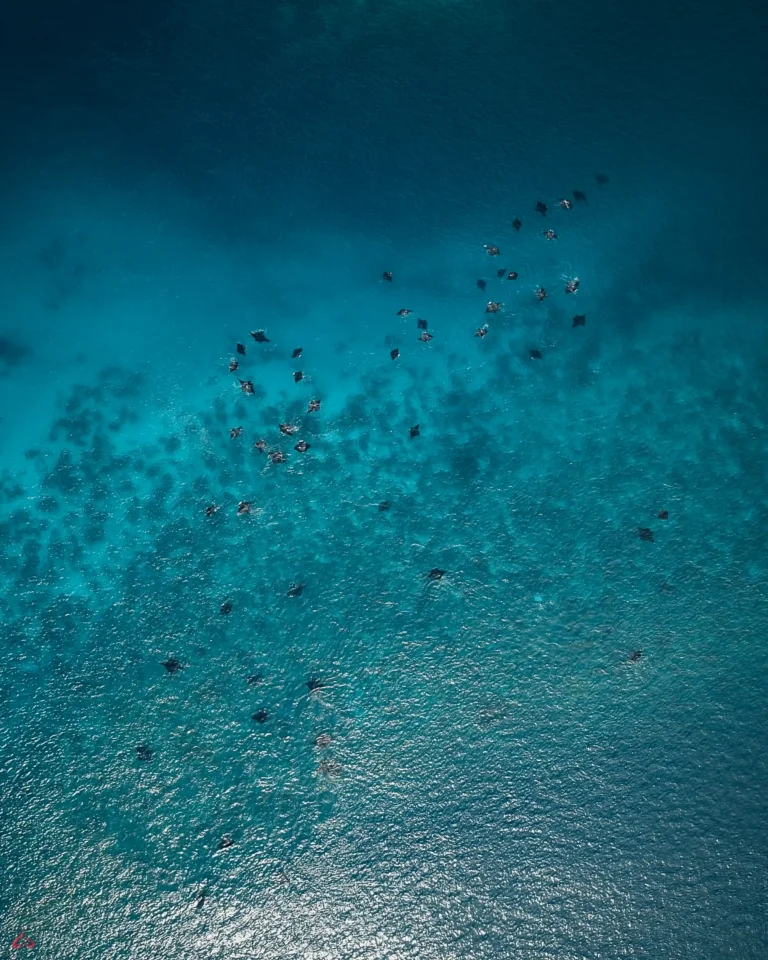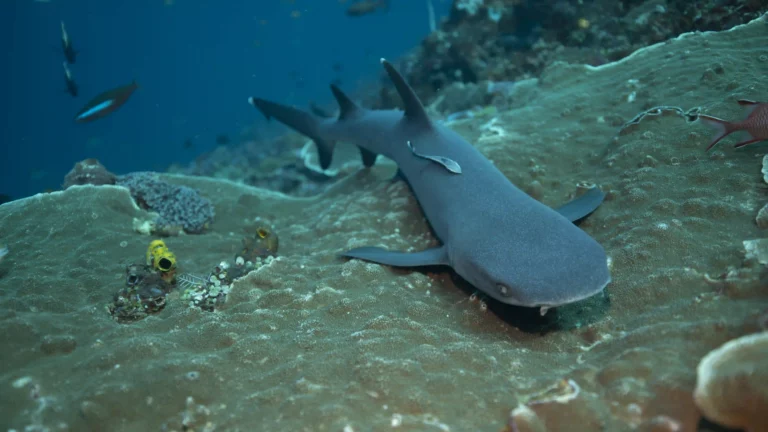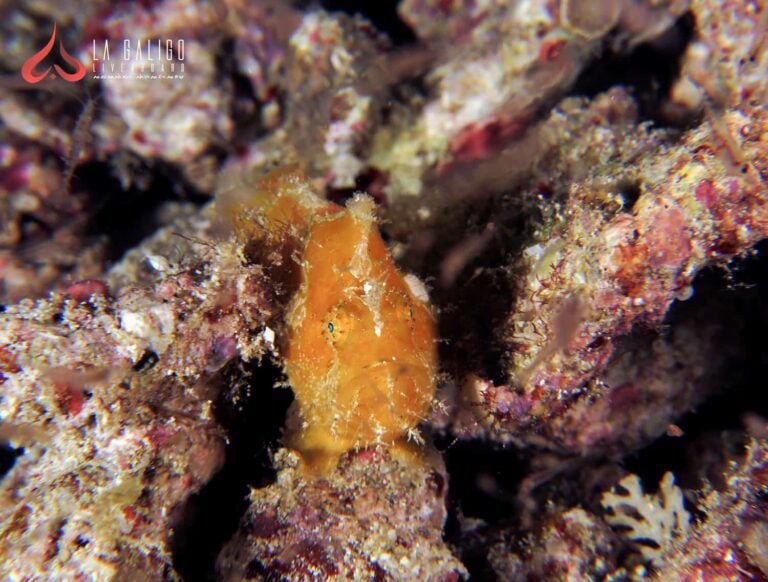Coral reefs are among the most diverse and valuable ecosystems on the planet. Their vibrant colours and unique structures make them a popular attraction for tourists and divers. However, it’s important to remember that coral reefs are living organisms, not just rocks to stand on. As such, it’s essential to practise proper coral etiquette to ensure the preservation of these delicate ecosystems for future generations to enjoy. In this guide, we will explore the best practices for interacting with coral reefs to minimise our impact and protect these invaluable natural treasures.
Understanding the Fragility of Coral Reefs
Before venturing into the waters around coral reefs, it’s crucial to understand the fragility of these ecosystems. Coral reefs are incredibly sensitive to physical contact, and even the slightest touch can cause irreparable damage. The delicate structures that make up coral reefs provide essential habitat for an incredible array of marine life, and any disruption can have devastating effects on the entire ecosystem.
Best Practices for Interacting with Coral Reefs
- Do Not Stand or Touch. When swimming or diving near coral reefs, it’s important to avoid standing on or touching the corals. Even seemingly sturdy parts of the reef can be easily damaged, so it’s best to maintain a safe distance and admire the beauty from afar.
- Practise Responsible Diving and Snorkelling. Take care to not disturb marine life or stir up sediment that can smother the corals. Proper buoyancy control and fin techniques can help minimise the risk of accidental contact with the reef.
- Dispose of Waste Properly. Always dispose of any trash or waste responsibly, and never leave anything behind in the ocean. Pollution can have detrimental effects on coral reefs and the surrounding marine environment.
By adhering to these best practices and spreading awareness about the importance of coral reef conservation, we can all contribute to the protection of these invaluable ecosystems. It’s up to each of us to play our part in preserving these natural wonders for generations to come.
ALSO READ : How Ocean Pollution Affects Humans and What We Can Do About It?
The Role of Educating Others
One of the most effective ways to protect coral reefs is by educating others about their fragility and the best practices for interacting with them. By sharing the knowledge you’ve gained about coral reef conservation, you can inspire others to do their part in preserving these ecosystems. Whether it’s through social media, community presentations, or simply leading by example during your own reef explorations, every effort to raise awareness can make a significant impact.
Coral Etiquette – Do’s and Don’ts
Do’s
- Do wear reef-safe sunscreen: When visiting coral reefs, it’s essential to protect your skin from the sun without harming the delicate ecosystem. Choose sunscreens that are labelled as “reef-safe” to minimise the impact of harmful chemicals on coral.
- Do practice responsible snorkelling and diving: When snorkelling or diving near coral reefs, make sure to avoid touching, kicking, or standing on the coral. This can damage the fragile structures and harm the living organisms that call the reef home.
- Do respect marine life: Admiring the colourful fish and other marine creatures is a highlight of visiting coral reefs, but it’s important to observe them from a respectful distance. Avoid chasing or touching the wildlife to minimise disturbance to their natural behaviours.
Don’ts
- Don’t anchor on the coral:If you’re arriving by boat, be mindful of where you drop anchor. Anchoring on coral can cause irreparable damage, so look for designated mooring buoys or sandy areas to anchor responsibly.
- Don’t collect souvenirs: While it may be tempting to take a piece of the reef home as a souvenir, it’s crucial to leave everything as you found it. Removing coral or other marine life can disrupt the balance of the ecosystem and contribute to its decline.
- Don’t litter: Always dispose of your trash properly and avoid letting any debris or waste end up in the ocean. Even small items like plastic bags or bottles can have a significant impact on marine life and the health of coral reefs.
Supporting Coral Conservation Efforts
In addition to personal actions, consider supporting organisations and initiatives dedicated to coral reef conservation. Whether through donations, volunteering, or participating in organised clean-up efforts, contributing to established conservation projects can further amplify the collective impact of safeguarding coral reefs.
By combining individual responsibility with broader support for conservation efforts, we can collectively work towards ensuring the longevity of these vital ecosystems. Spread the word, take action, and join the global community in protecting and preserving coral reefs for the benefit of nature and future generations.



